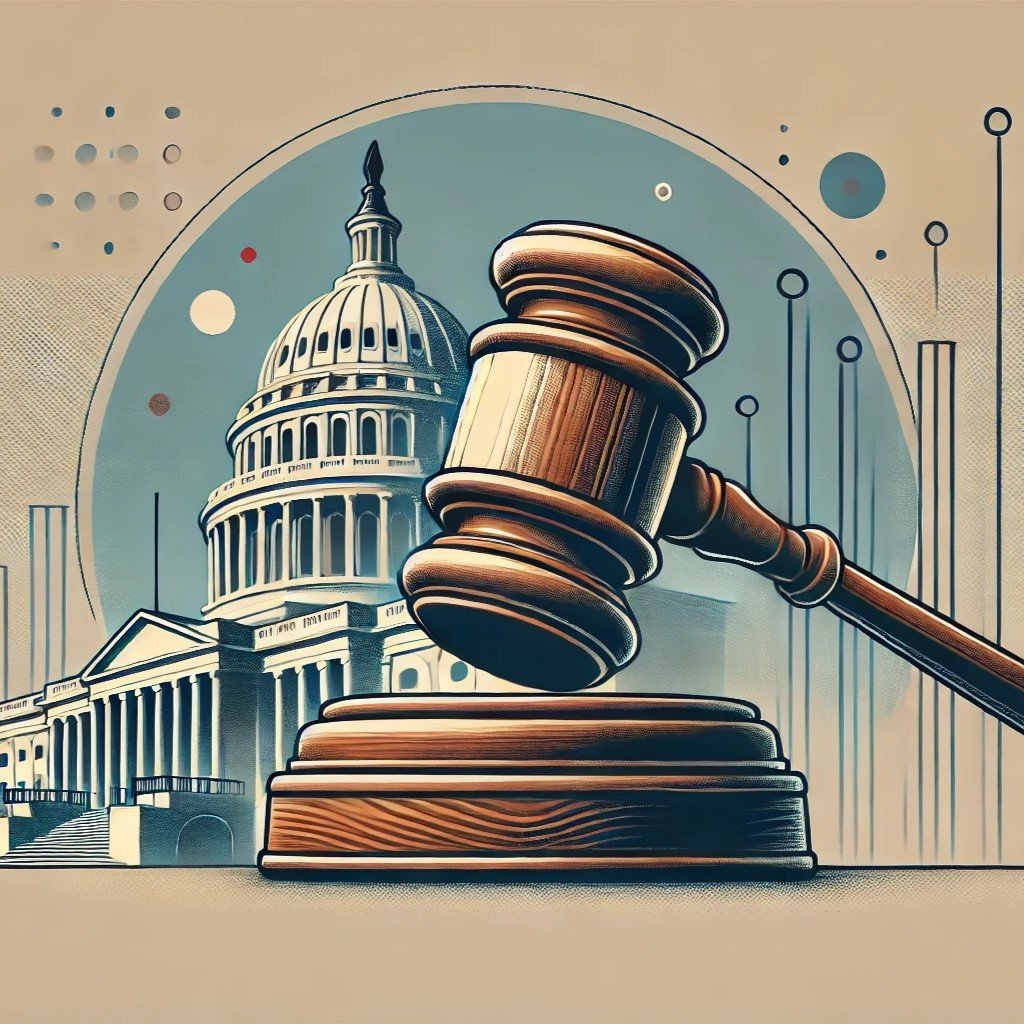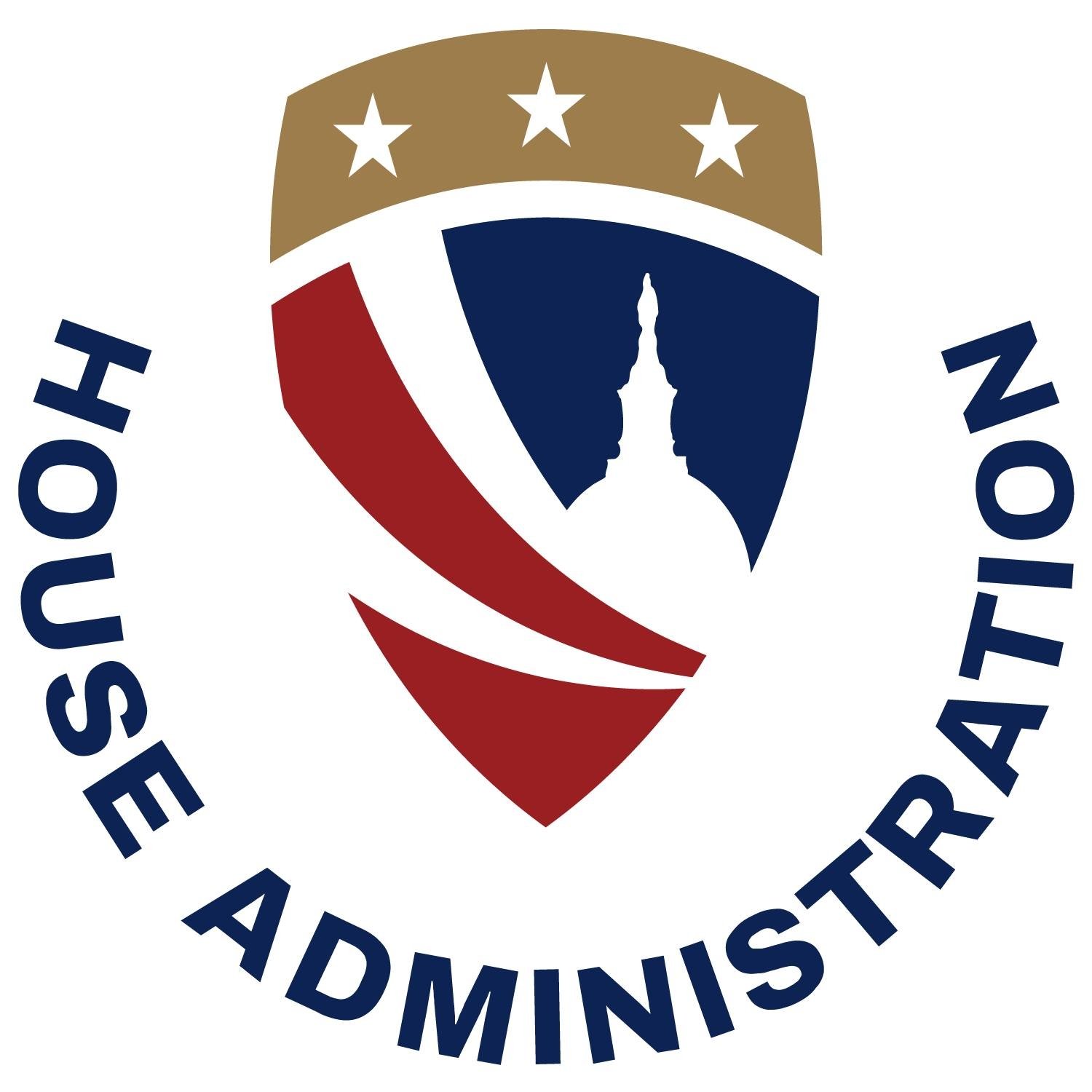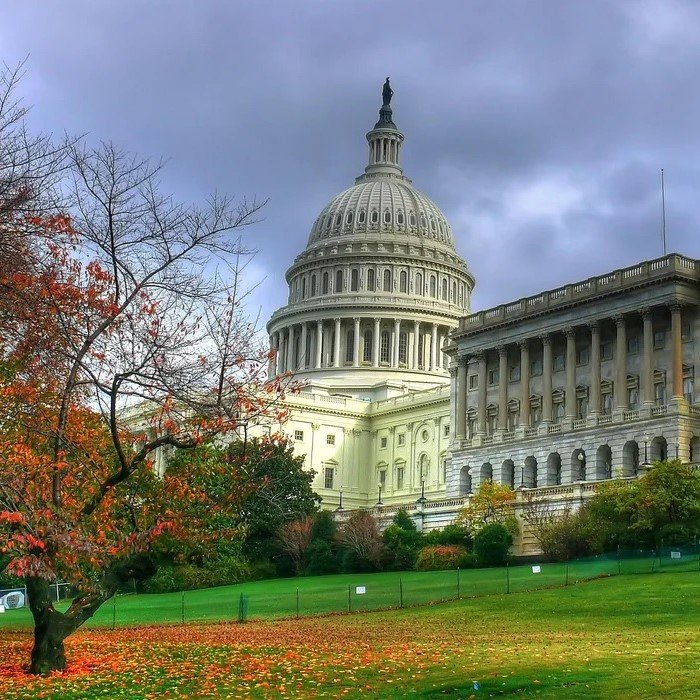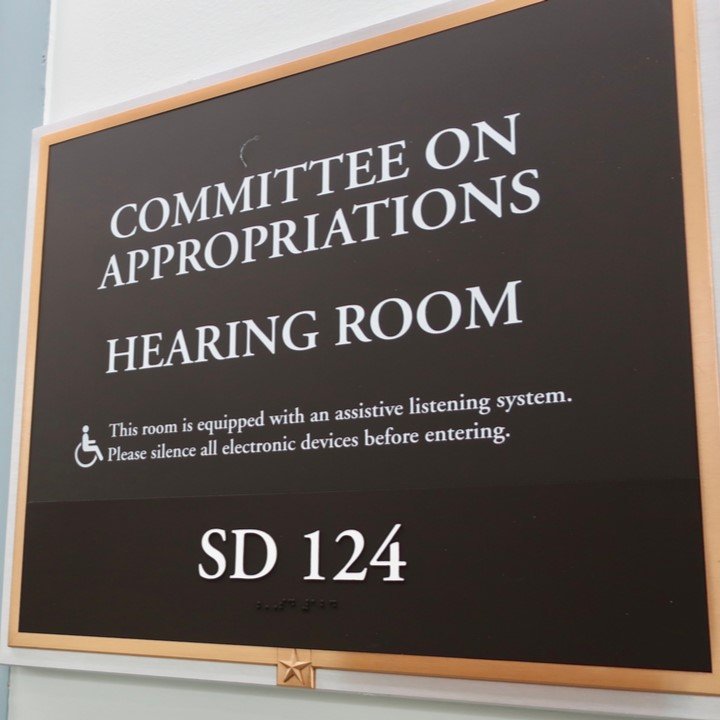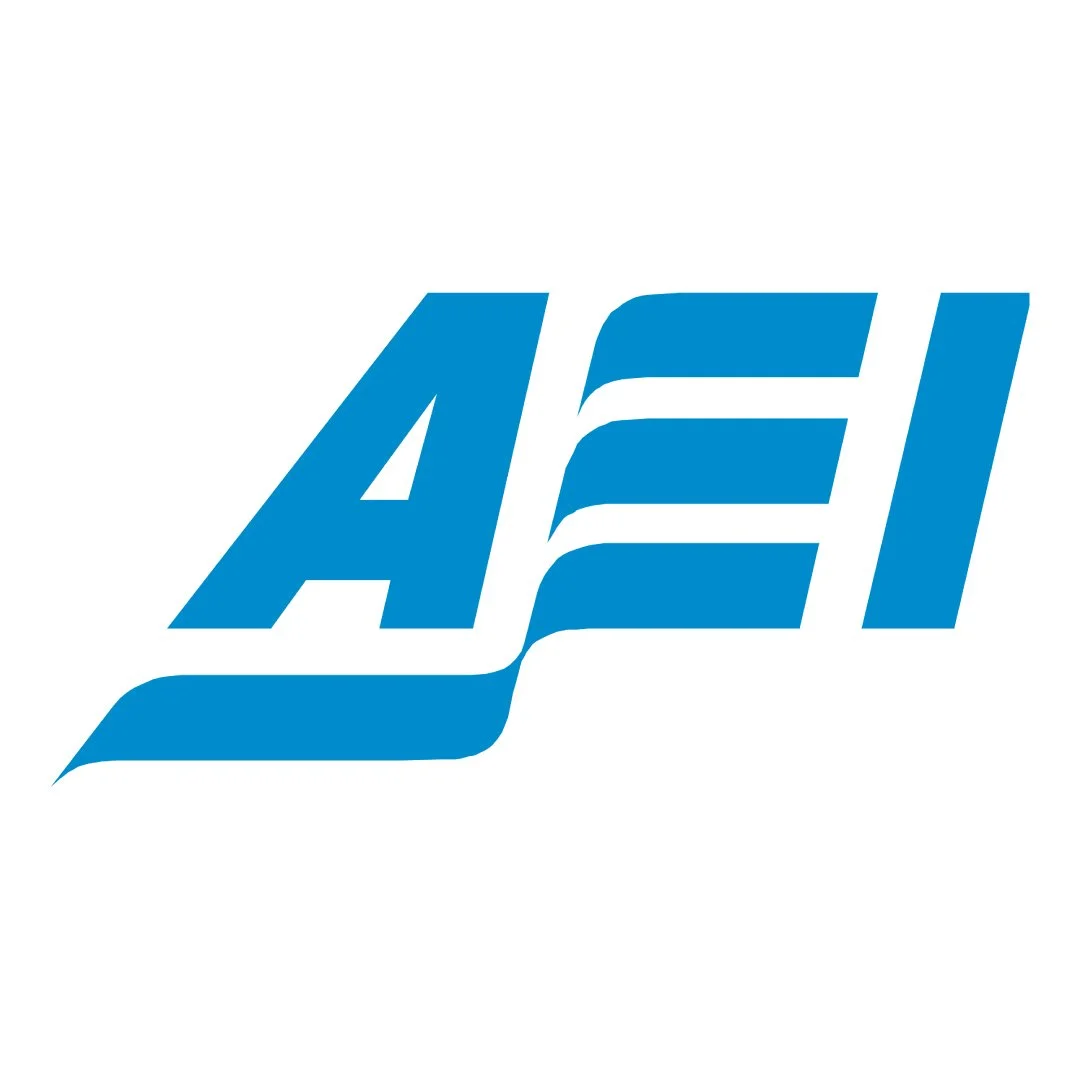
Outcomes-Driven Legislation
Resources for Members and Congressional staff on policymaking in the post-Chevron landscape
Background
The Supreme Court’s Loper Bright v. Raimondo and Relentless v. Commerce decisions upended the Chevron doctrine, creating an opening for Congress to adopt a more effective policymaking approach: Outcomes-Driven Legislation. Outcomes-Driven Legislation establishes clear goals while allowing flexible implementation, particularly at local levels. It creates structured opportunities for meaningful constituent input, establishes metrics for success, and respects federalism while advancing national priorities.
This process follows a bottom-up approach:
It begins with the question “What do we want to accomplish?” and focuses on establishing clear goals or outcomes for policy interventions, rather than dictating specific solutions or implementation methods.
It encourages localized public engagement and co-creation from the start. Lawmakers collaborate with local communities to shape the policy and its implementation, empowering constituents to best meet their own needs.
It requires standardized reporting and establishes clear metrics to measure the effectiveness of the policy, leading to more effective and cost-saving public policy.
This moment calls for smarter lawmaking that engages the public directly in the democratic process. Congress must adapt by enhancing its capacity and expertise to fulfill its legislative and oversight responsibilities effectively. By embracing Outcomes-Driven Legislation, Congress can create more responsive policies that reflect what communities actually need.
Resources for Members and Congressional Staff
Additional Resources



